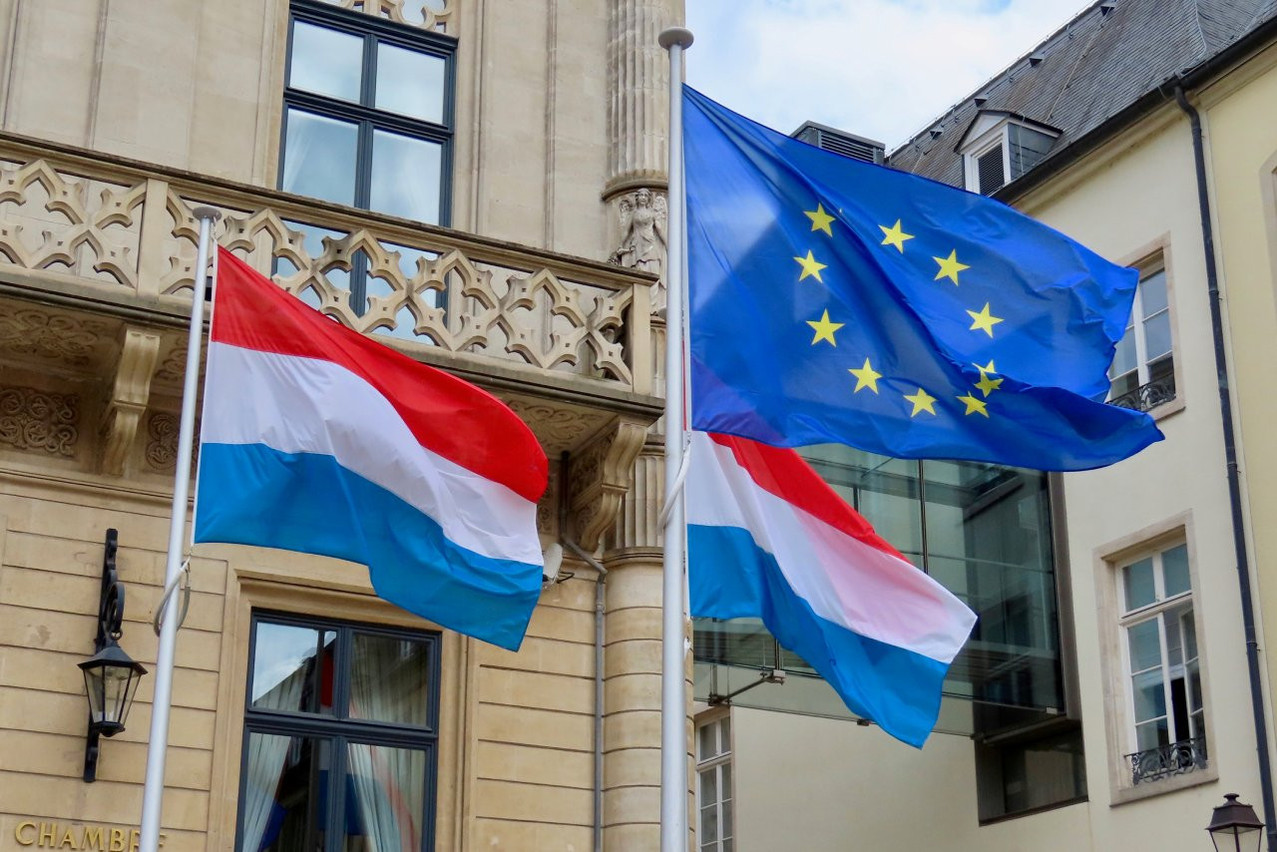Equal pay
Eurostat is interested in the unadjusted pay gap between men and women. This measures the average difference observed in the construction, industry and services sectors within companies with at least ten employees. In 2022, the latest year available, “the only country where women earned more than men was Luxembourg,” the EU’s statistical institute points out, putting the figure at +0.7% in favour of women.
Across the EU, the average hourly pay gap was +12.7% in favour of men, with a peak of +21.3% in Estonia. Belgium shows +5%, while France is below 15% and Germany between 15 and 20%.
Population
In ten years, the population of the EU has increased by 7.5m. That’s an increase of 1.7%. And while Bulgaria (-11.5%) and Croatia (-9.6%) are the two countries with the biggest fall in the number of inhabitants between 2013 and 2023, Malta and Luxembourg are the two territories where the increase has been most spectacular, at +28.3% and +23% respectively. In the case of the grand duchy, .
Unsurprisingly, Eurostat also points out that Luxembourg is the EU country with the highest proportion of foreigners on its soil, accounting for almost one in two residents (47.4%). At the other end of the scale, Romania, Slovakia, Poland and Bulgaria have less than 1.5% foreigners among their residents.
At the beginning of 2023, EU countries had a combined total of 41.3m foreign citizens, more than half of them from non-EU countries (27.3m).
A single market
Luxembourg is Europe’s champion of intra-EU trade. 85.8% of its trade in goods takes place on the single market. This figure rises to three quarters or more in Estonia, Slovakia and the Czech Republic.
GDP, prices, consumption
Comparing living standards within the EU only makes sense if price differences are taken into account. To do this, we use an artificial monetary unit: the purchasing power standard (PPS). Using this methodology, GDP per capita in PPS in Luxembourg last year was 2.4 times higher than the European average, at 239.7% of the latter. “By contrast, GDP per capita in Bulgaria was close to two-thirds (63.9%),” notes Eurostat.
Read also
“In 2022, the overall index of price levels was highest in Luxembourg, Denmark and Ireland, with values at least 45% higher than the EU average,” adds the institute. For food and non-alcoholic beverages, Denmark and the grand duchy are the two countries with the highest prices (21% above average).
In the end, real individual consumption per capita in the EU rose from €23,230 in 2022 to €24,590 a year later. And the highest value was held by Luxembourg, at 159.7%, “which indicates that real individual consumption in PPS was 59.7% higher than the EU average,” notes Eurostat.
Professional sectors
Another top performer: the services sector’s share of total value added in Luxembourg reached 88.3% last year, which can be explained by “a large financial services sector.” Malta and Cyprus also hover above 80%, but for both these countries it is tourism that drives economic activity.
In a different area, Luxembourg is the only country where the proportion of employees in the construction sector exceeds 10% of the working population--that figure stands at 10.1%.
Holidays
More than a quarter of the European population (28.6%) was unable to afford even one week of holiday in 2022 because of lack of financial means. In Romania, this rate is even close to two out of three people (62.5%). More fortunate are the Swedes (10.2%), but above all the residents of Luxembourg: in the grand duchy, only 7.6% of the population were unable to go away that year.
Mobility
In 2022, there were the equivalent of 563 private cars per 1,000 inhabitants in the EU. And while Luxembourg is at the top of the league with more than 600 cars (on par with Finland, Estonia and Cyprus), contrary to popular belief, it is Italy that has the highest car ownership rate, with 682 vehicles per 1,000 residents.
Waste
In 2022, Europeans produced an average of 513 kg of waste in their domestic lives. The record is held by the Austrians, with 835 kg per capita. Next come the Danes (787 kg), followed by people in Luxembourg (721 kg). .
Find the full report . This article was originally published in .
